A culture of conversations
New for 2023, this performance management program is a consistent, collaborative, and ongoing process to help appointed staff achieve their full potential. Four simple conversations will drive the process.
How does it work?
Performance at IU is a uniform program of conversations about performance and development. It sets staff up for success by ensuring:
- A clear understanding of expectations for all staff roles
- Recurring two-way conversations between staff and leaders
- Annual growth and development plans for every staff member
- Consistent annual performance conversations with every staff member


